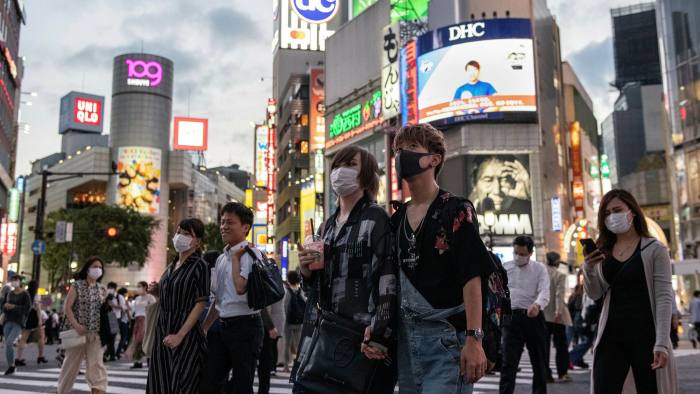
(extracted from View from Asia, fDi intelligence, Financial Times, London, July 2020)
At time of writing, India has 1.07 million Covid19 cases with 26,816 deaths. South East Asia has 1.39 million cases with 33,543 deaths. China has 85,937 cases and 4653 deaths.
World Tourism Organization (UNWTO) estimates that in 2020, global international tourist arrivals could decline between 20% to 30%. Small and medium sized enterprises (80% of the tourism sector ) are expected to be particularly impacted. Travel and tourism employ 57.5 million people in the 21 Asia Pacific economies. WTO also estimates that during Q1 of 2020, the pandemic caused a 35% decrease in tourist arrivals in the Asia Pacific region, with North Asia declining by 40% and South East Asia by 33%. WTO predicts that Covid19 could cause a global annual decline of between 60% and 80%.
Asia’s tourism is thus devastated by strict lockdowns, sealed borders, grounded flights, restricted international travel, and bankrupted businesses. Many of Asia’s travel hotspots are now deserted.
Internal domestic travel is now a key recovery focus task. Some Asian countries like China, Japan, Thailand and Vietnam are promoting domestic travel by offering reduced prices to popular destinations.
A second initiative is travel bubbles whereby visitors from countries deemed as low risk from Covid19 are allowed to visit.
Third initiative is to give higher priority to business travellers to ensure continued connections with external markets. Asia-Pacific Economic Cooperation (APEC) is considering incorporating health protocols in its Business Travel Card.
A fourth recovery step is medical trials to reduce quarantine time. Currently a medical trial is conducted between Taiwan and Stanford University to reduce the minimum number of days a person who has already tested negative needs to be isolated to perhaps just 72 hours.
Challenges remain, with restoration of trust in international travel being a key challenge. Travel fears caused by fear of contracting Covid19 and repatriation should Covid wave 2 hits are much harder to address. Politics also delay travel bubble negotiations. Disputes caused by Covid19 are also likely to delay the resumption of existing travel links, like those between Australia and China. Finally, not all Asian countries share the same idea of having fast border reopenings, especially with the cooler season approaching in 3 Quarter. This is a cause for concern since respiratory diseases tend to spread more during cooler weather.
When SARS struck in 2003, the world economy then was growing at 4.3% when China did not play a key role. When Covid19 first struck, the world economy was growing at 2.9% in a more inter-connected world. Gone are V-shaped growth projections but rather, we now face a survivalist L-shaped recovery over the next few years.